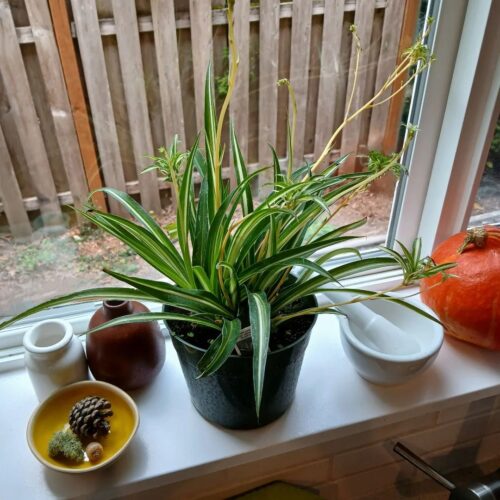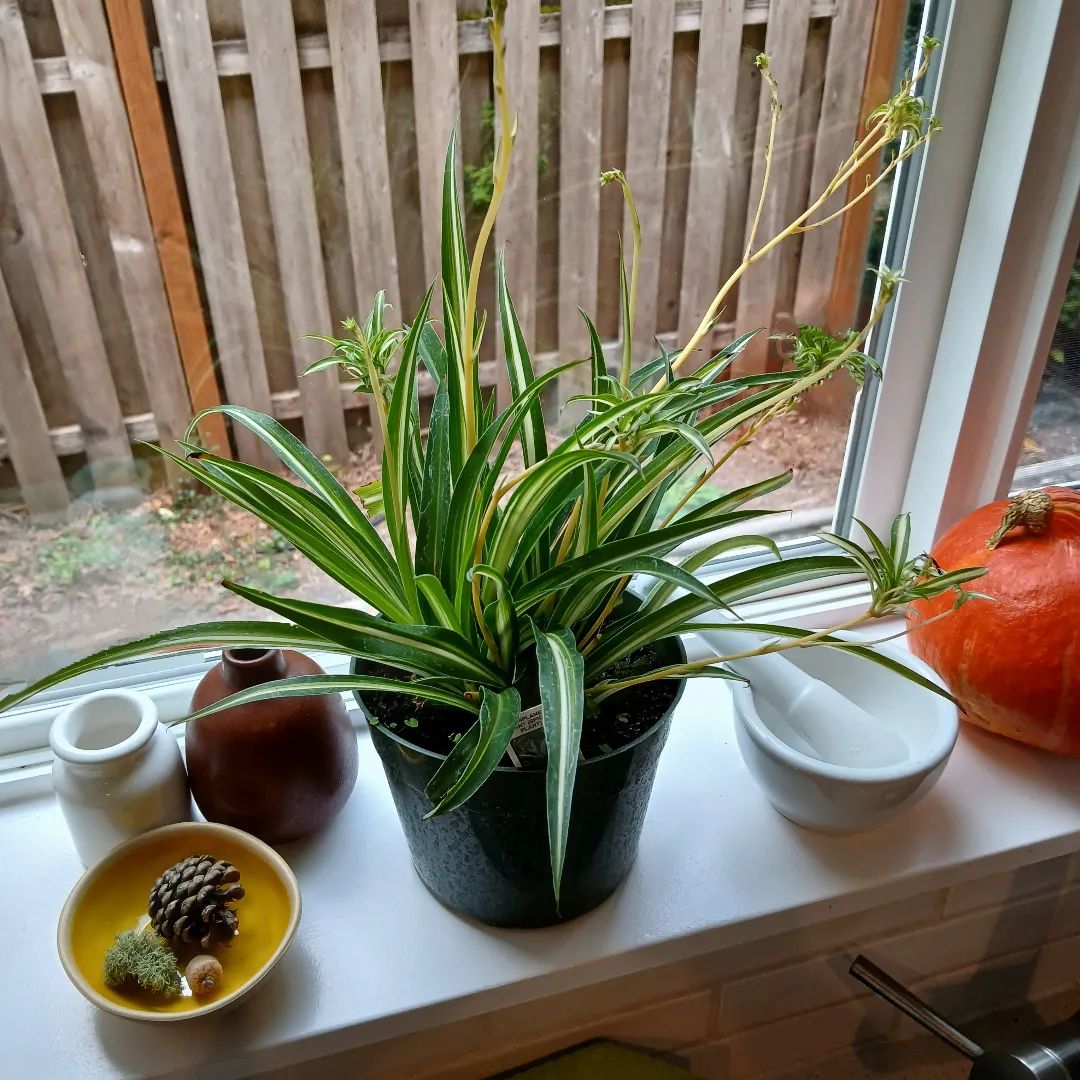Learn ways to Propagate Spider Plants with simple methods described in the below post. And have many plants at zero cost.
The spider plant (Chlorophytum comosum) is loved for its lovely patterned green leaves with low maintenance and air-purifying qualities. It only requires indirect light, moderate watering, and well-draining soil. In favorable conditions, the plant will produce baby plantlets known as spiderettes. One of the best aspects of spider plants is you can grow the smaller ones for nothing and have many plants for you and your friends. It needs a few simple steps. There are three ways to propagate spider plants:
- Division
- Seeds
- Rooting Spider plant babies
When to Propagate Spider Plants
You can propagate Spider plants at any time of the year, but it will be most suitable and quick to do in spring and summer.
How to Propagate Spider Plants from Babies

This is the most common propagation method, with a few ways you can do it. You can snip them and root in the water, root in the soil though they’re still connected to the mother plant, or grow the plantlets in the propagation box. Growing spider plants from cuttings takes a few days to a couple of weeks, according to the method you choose.
- Take Cuttings from Spider Plants
- Snip the cuttings when the babies start to produce starter roots or tiny nubs; whenever you see the plantlet is ready for propagation, remove it from the mother plant.
- Make a clean cut as close to the spider plantlets with sterile scissors
- After removing the babies, prune the stem back to the bottom or to the main plant since nothing grows on it.
Rooting Babies, Spiderettes, or Plantlets in the Water
Growing spider plants in water is quite simple; you can multiply the plants efficiently without soil; read the process in detail here.
Rooting Baby Spider Plants in the Propagation Chamber
The propagation chambers are great in keeping the humidity levels high that assists in rooting faster. This process also reduces the risk of transplant shock, which mostly occurs in plants rooted in water. You can purchase a propagation kit or make it by following this post.
You can also make a small greenhouse by covering the plant and soil with a plastic bag. Use a light soil blend of peat moss, vermiculite, pumice, or perlite. Also, dip the root nubs in the rooting hormone for fast germination.
Propagating Spiderettes While They’re Attached
- Propagating spiderettes, while they’re still attached, reduces the chances of transplant shock, but this task is a bit difficult as it does not always root.
- Regular potting soil or light rooting mix should be used in the propagation box.
- Place a pot filled with soil next to the mother plant and attach the starter roots of the baby into the dirt after dipping the nubs in rooting hormone.
Transplanting Spider Plant Babies in a New Pot
Use the general soil mix for potting up spider plants babies when they develop many new roots. After transplanting the rooted plant in a new container, water it thoroughly till the extra water drains out from the drainage holes. Avoid overwatering but keep the soil moist. Place the plant in a humid area or mist it daily.
Water-grown cuttings take time to heal after being transplanted in the soil. The cuttings may droop but recover in few days. When you notice new growth, it refers that plant is now established; follow the same care routine as you do for mature plants; check details here.
Propagating Spider Plants from Division
Division is another common method for propagating spider plants; it’s great when the plant does not have offshoots and at least two clumps so you can split them.
Dividing a spider plant can be tough if you have a pot-bound, mature plant. Use a sterile knife to cut tightly packed thick roots; else, tease the roots apart till the clumps are separated.
Propagating Spider Plants from Seeds
You can purchase the seeds from the garden centers, plant the seeds in loose seeds, starting mix twice as deep as the width of the seed. Sow the seeds 1/4 to 1/2 deep and cover them with dirt. Keep the soil moist till seed sprouts; you can put the seedling tray on a heating mat. Within a couple of weeks, the little spider plant seedlings develop from the soil.



